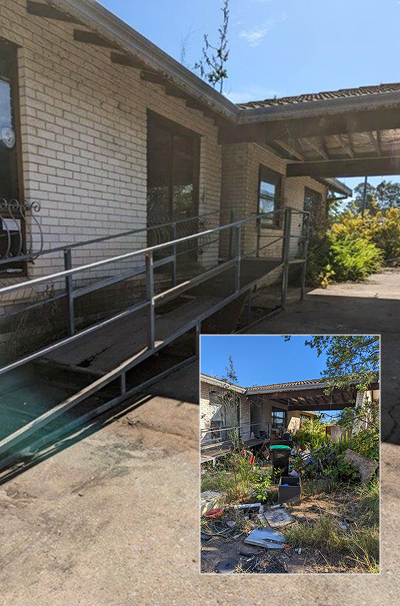Losing a loved one can be painful and lead to emotional turmoil, often resulting in family disputes over possessions. This situation is common when someone dies without a valid will, which leads to the query, “How is a deceased estate distributed?”
In such cases, asset distribution is governed by a strict legal process established by the government. Let’s learn more about this.
Why is Statutory Hierarchy Essential for Intestate Estates?
A statutory hierarchy, established by laws like the Succession Act 2006 (NSW), provides a clear framework for distributing a deceased person’s assets when there is no valid will. This prevents legal confusion regarding inheritance.
When someone dies intestate, the court appoints an Administrator, typically the next of kin, who is granted Letters of Administration to manage the estate, including tasks like settling debts and transferring property. This process involves some steps similar to the query, “What does it mean to liquidate an estate?”
Four Steps to Deceased Estate Distribution by Statutory Hierarchy
The distribution process follows a defined set of steps, including:
1. Application for Letters of Administration
The closest next of kin must apply to the Supreme Court of NSW for a Grant of Letters of Administration to act as the Administrator. They are responsible for identifying and valuing the deceased’s assets and liabilities.
2. Payment of Debts
The Administrator must pay all outstanding debts, taxes, and expenses from the estate before beneficiaries receive any inheritance. At this step, understanding this question is crucial: What does it mean to liquidate an estate?
3. Determining Beneficiaries
After debts are settled, the estate is distributed according to a statutory hierarchy under the Succession Act 2006 (NSW). Here’s how it looks:
- Spouse and Children
- Parents
- Distant Relatives
Once all claims are resolved and beneficiaries are confirmed, the Administrator completes the final distribution, transferring property and assets, and provides the beneficiaries with financial statements.
Secure Transition to Estate Clearance with Deceased Estate Specialists!
The final distribution of an estate often marks the beginning of the physical management of the deceased’s property. After dealing with the legal aspects of asset distribution and “what does it mean to liquidate an estate,” engaging a professional deceased estate specialist cleaning and clearance team can be beneficial.


